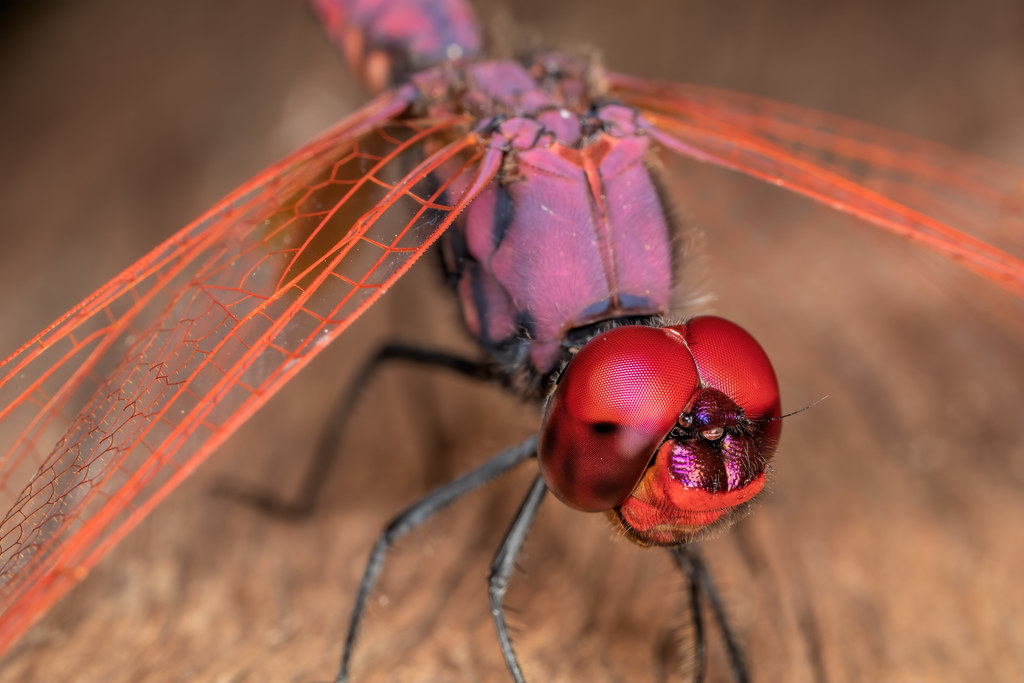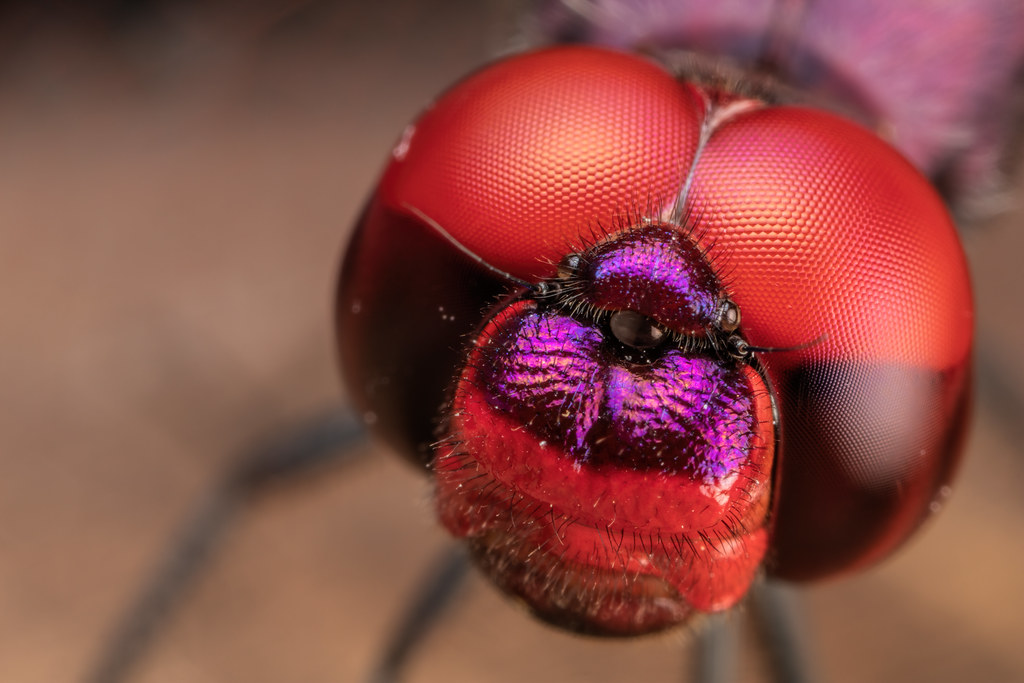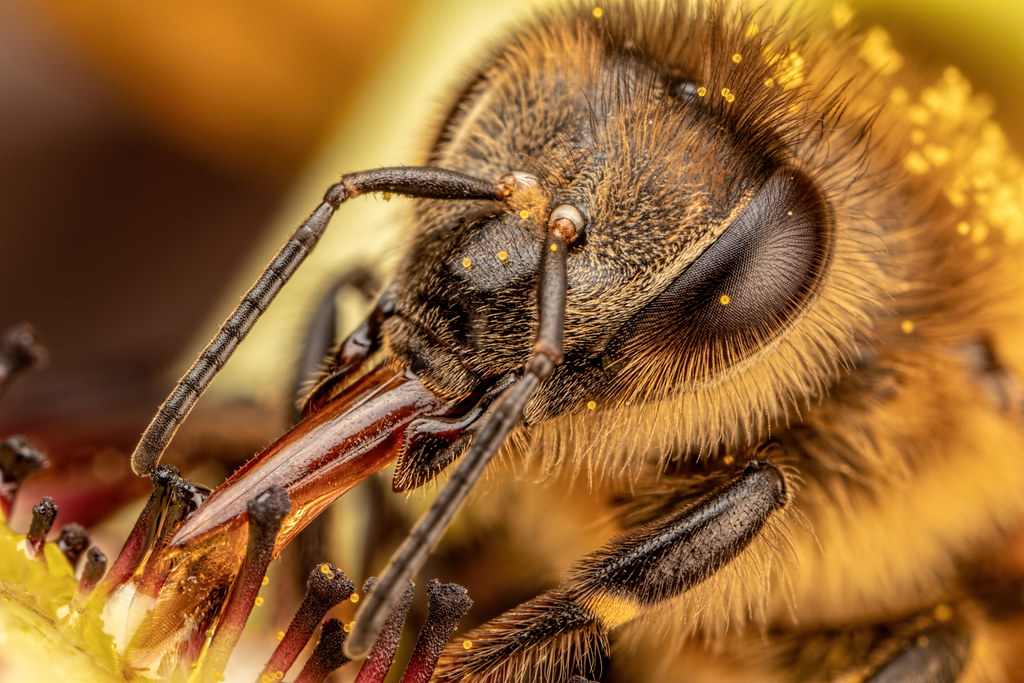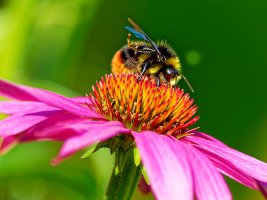Thanks, very practical answer. Yes, the longer the lens, extension tube makes less difference. Conversely, the closeup diopter makes more difference but I don't recall trying it on the macro.
I dimly recall figuring out that the 180mm macro is more like 100mm at closest focus. Granted that's a lot longer than 65, and for all I know the 65 also shortens the effective focal length at close focus? I bow to your experience and good results but given that you're still just 30cm/1 foot from the subject I'm surprised to hear the flash doesn't reach that far. (Not questioning you, just not what I would have expected.) (BTW I don't shoot macro with flash, rather with long exposure, so I have zero experience, just supposition.)
The MP-E 65mm is fixed-focus, you can only vary the magnification for 1x to 5x. Both Canon 100mm macro lenses suffer from focus breathing, I haven't tested the EF-S 60mm for that yet.
Upvote
0

 Violet Darter II
Violet Darter II Violet Darter I
Violet Darter I Honeybee in a Passion Flower
Honeybee in a Passion Flower Finger Fed Bumblebee III
Finger Fed Bumblebee III
 Bees in a Wallflower Series 1-2
Bees in a Wallflower Series 1-2